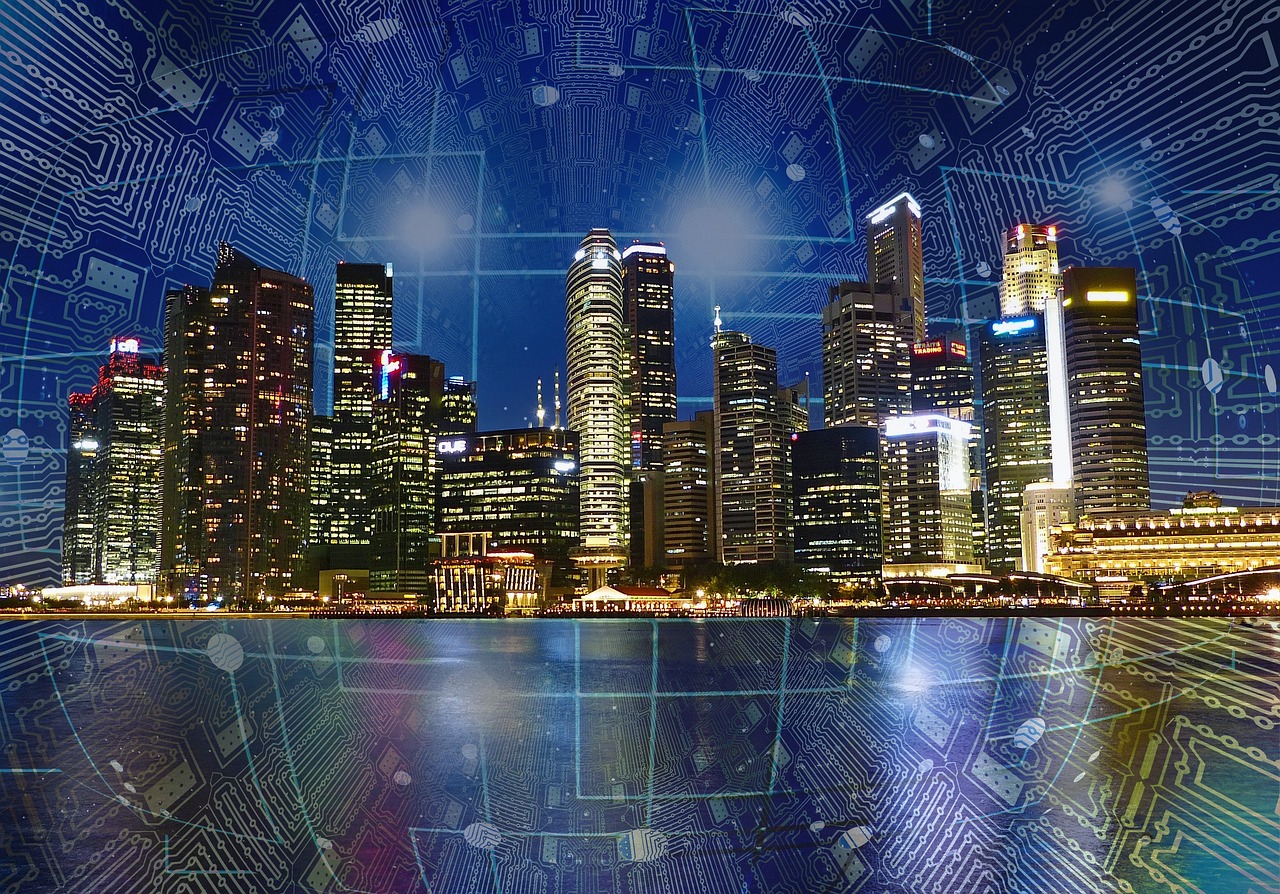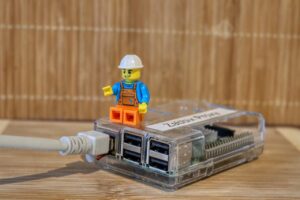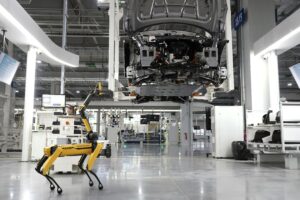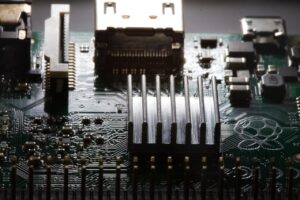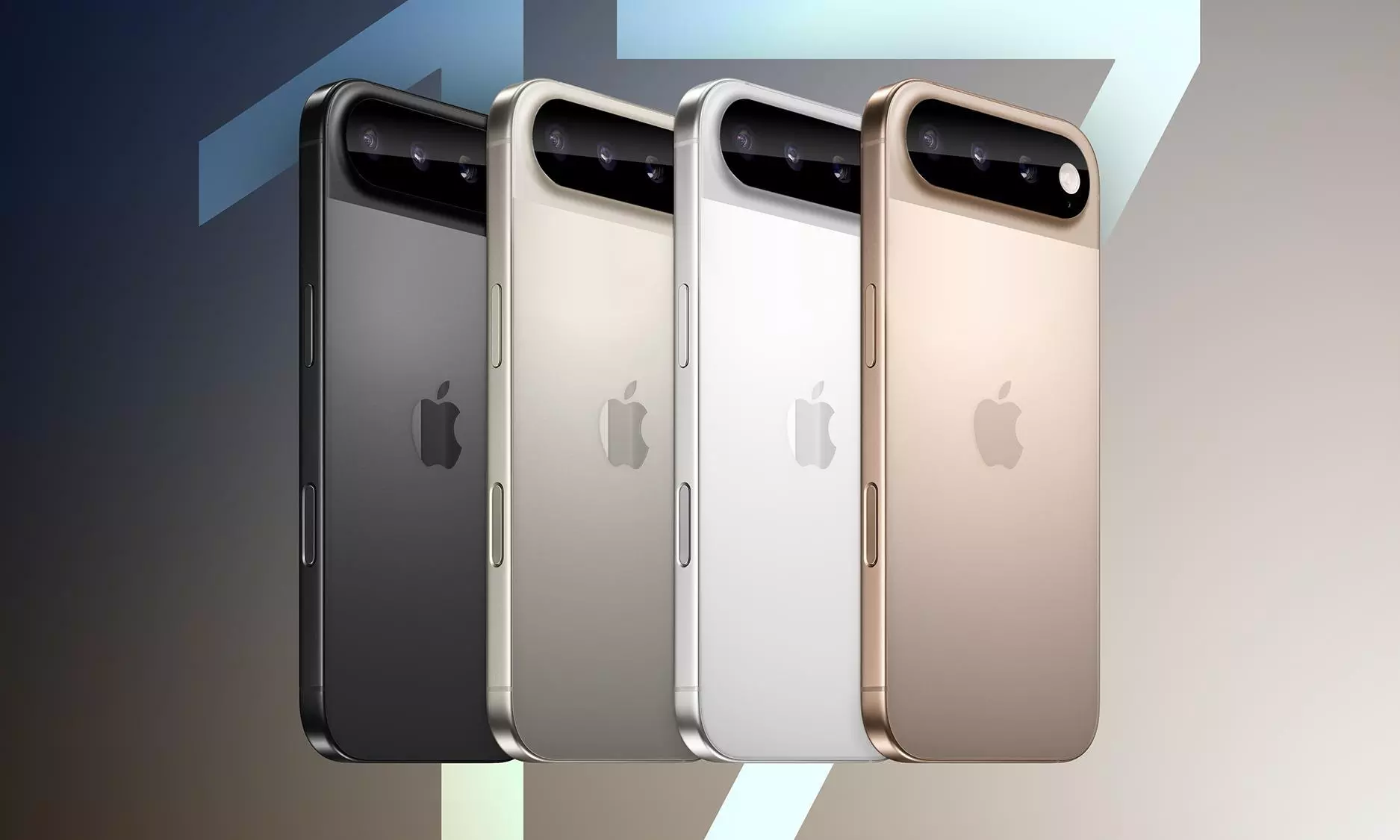Internet of Things (IoT): Connecting the World of Smart Devices
Introduction
The Internet of Things (IoT) is one of the most transformative technologies of the 21st century, reshaping the way we live, work, and interact with the world around us. Simply put, IoT refers to a network of interconnected devices that communicate and exchange data over the internet without requiring direct human intervention. From smart homes and wearable devices to industrial automation and healthcare solutions, IoT is bridging the gap between the digital and physical worlds.
According to industry reports, there are already over 15 billion IoT devices worldwide in 2025, and this number is expected to reach nearly 30 billion by 2030. With advancements in 5G, cloud computing, and AI integration, IoT is no longer a futuristic concept but a present-day reality driving innovation across industries.
This article explores the concept, architecture, applications, benefits, challenges, and future trends of IoT in detail.
What is the Internet of Things (IoT)?
The Internet of Things can be defined as:
“A system of physical devices embedded with sensors, software, and connectivity that enables them to collect and exchange data with other devices and systems over the internet.”
In simple terms, IoT allows everyday objects—from refrigerators and cars to industrial robots and medical equipment—to become “smart” by enabling them to gather information, analyze it, and take action accordingly.
For example:
-
A smart thermostat learns user preferences and adjusts room temperature automatically.
-
A wearable fitness tracker monitors heart rate and sleep patterns, sending real-time health data to a smartphone app.
-
A connected factory machine predicts breakdowns before they happen, saving maintenance costs.
Key Components of IoT
The IoT ecosystem is built on several core components that work together to enable device connectivity and functionality:
1. Devices and Sensors
These are the “things” in IoT—physical objects embedded with sensors, chips, and actuators that collect data from the environment. For example, temperature sensors, GPS modules, RFID tags, and motion detectors.
2. Connectivity
IoT devices require a communication channel to transmit data. This can include Wi-Fi, Bluetooth, Zigbee, LoRaWAN, 5G, or even satellite connections depending on the use case.
3. Data Processing (Edge & Cloud Computing)
Raw data collected by devices is processed either locally (edge computing) or in centralized cloud servers. Cloud computing enables large-scale data storage and analytics, while edge computing provides real-time decision-making closer to the source.
4. User Interface (UI)
The insights derived from IoT systems are presented to end-users through dashboards, apps, or control systems. For example, mobile apps that display smart home statistics or industrial dashboards monitoring equipment.
IoT Architecture
IoT architecture typically consists of four layers:
-
Perception Layer (Sensing Layer): Includes sensors, actuators, and RFID tags that collect data from the environment.
-
Network Layer: Responsible for transmitting data through wired or wireless connections.
-
Edge/Processing Layer: Processes, filters, and analyzes collected data using AI, ML, or cloud computing.
-
Application Layer: Provides services to end-users, such as smart home apps, healthcare monitoring platforms, or industrial management systems.
Applications of IoT
IoT is not limited to a single sector—it spans across multiple domains, impacting daily life and industrial ecosystems. Here are some of the most significant applications:
1. Smart Homes
IoT-enabled devices like smart thermostats, lights, locks, and security systems allow homeowners to automate and remotely control their living environment. Amazon Alexa, Google Nest, and Ring security cameras are popular examples.
2. Healthcare (IoMT – Internet of Medical Things)
Wearables, connected medical devices, and remote patient monitoring systems have revolutionized healthcare. Doctors can track patients’ vital signs in real time, improving diagnosis and emergency response.
3. Industrial IoT (IIoT)
In manufacturing and supply chain management, IoT enables predictive maintenance, automation, and real-time inventory tracking. Smart sensors can detect equipment malfunctions, reducing downtime and costs.
4. Smart Cities
IoT powers urban infrastructure such as smart traffic management, waste management, and energy grids. Cities like Singapore and Barcelona already use IoT to optimize transportation and improve air quality.
5. Agriculture
IoT-driven smart farming includes soil sensors, drone surveillance, and automated irrigation systems, helping farmers optimize resources and increase crop yield.
6. Transportation & Logistics
IoT is central to the development of autonomous vehicles, fleet management, and smart navigation systems. Real-time tracking improves delivery efficiency and reduces costs.
7. Retail
Retailers use IoT for inventory management, personalized shopping experiences, and cashier-less stores. Amazon Go is a prime example of IoT-powered retail innovation.
Benefits of IoT
IoT brings numerous advantages across industries and everyday life:
-
Efficiency & Automation: Automates repetitive tasks, saving time and reducing errors.
-
Cost Savings: Predictive maintenance and energy optimization lower operational costs.
-
Real-time Monitoring: Enables businesses and individuals to track assets, health, or systems instantly.
-
Enhanced Safety: IoT improves workplace safety and home security through surveillance and monitoring.
-
Data-driven Decisions: Collecting large datasets allows for better analysis and decision-making.
-
Sustainability: Smart grids and energy monitoring contribute to environmental conservation.
Challenges of IoT
Despite its benefits, IoT also presents significant challenges:
1. Security & Privacy Risks
Since IoT devices constantly collect and transmit data, they are vulnerable to cyberattacks and unauthorized access. Weak authentication mechanisms can expose sensitive information.
2. Interoperability Issues
Different IoT devices often use varying communication protocols, making integration complex. A lack of standardization is a major hurdle.
3. Scalability
With billions of devices expected to connect, managing large-scale networks and data traffic is a challenge.
4. Data Overload
IoT generates massive amounts of data. Without efficient analytics and filtering, organizations may struggle to extract meaningful insights.
5. Energy Consumption
Battery-powered IoT devices require frequent charging or replacement, limiting efficiency in large deployments.
Role of Emerging Technologies in IoT
IoT is evolving rapidly due to integration with other advanced technologies:
-
Artificial Intelligence (AI) & Machine Learning (ML): Enhance data analysis, enabling predictive insights and autonomous decision-making.
-
5G Networks: Provide ultra-fast, low-latency connectivity essential for real-time IoT applications like autonomous vehicles.
-
Blockchain: Ensures secure, decentralized data exchange between IoT devices.
-
Edge Computing: Reduces latency by processing data closer to devices instead of relying solely on cloud servers.
-
Digital Twins: Virtual replicas of physical systems powered by IoT data for simulation and optimization.
Future of IoT
The future of IoT is limitless, with several exciting developments ahead:
-
Wider Adoption of 5G: High-speed connectivity will unlock new IoT applications in smart cities, healthcare, and manufacturing.
-
Growth of Edge AI: Combining edge computing with AI will enable devices to think and act independently.
-
Autonomous Systems: From self-driving cars to automated factories, IoT will drive autonomy in multiple domains.
-
Hyper-connected World: Everyday objects, from clothing to kitchen appliances, will become connected.
-
Sustainable IoT: More emphasis will be placed on energy-efficient IoT devices to support environmental goals.
By 2030, IoT is expected to generate trillions of dollars in economic value, making it one of the most powerful drivers of the digital economy.
Conclusion
The Internet of Things (IoT) is no longer a futuristic dream—it is already shaping our daily lives and industries on a global scale. By connecting billions of devices, IoT is fostering efficiency, automation, and innovation in ways we never imagined. However, challenges such as security, privacy, and standardization must be addressed to ensure sustainable growth.
As IoT continues to evolve alongside AI, 5G, and edge computing, its potential to revolutionize everything from healthcare and transportation to agriculture and smart cities remains limitless. In short, IoT is the backbone of the intelligent, connected world of tomorrow.
The Discovery of New Ebola Drug Targets Using ML-Powered Imaging
New Methods for Robot Control from Single Cameras (Neural Jacobian Fields)

